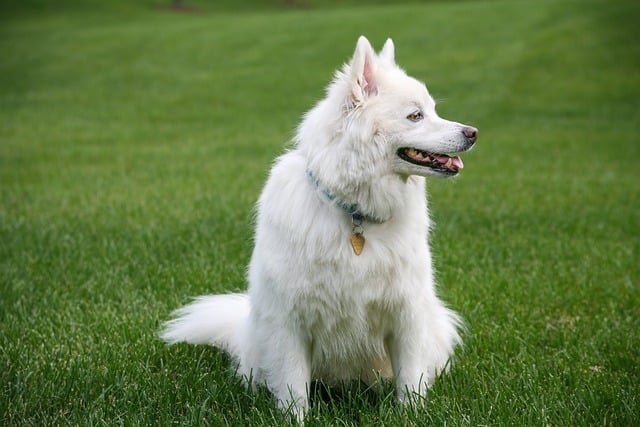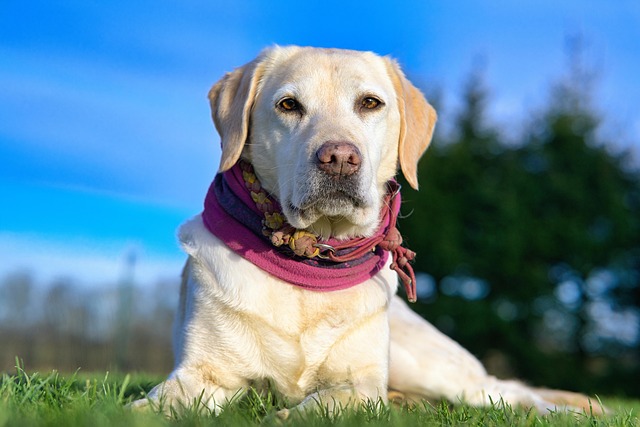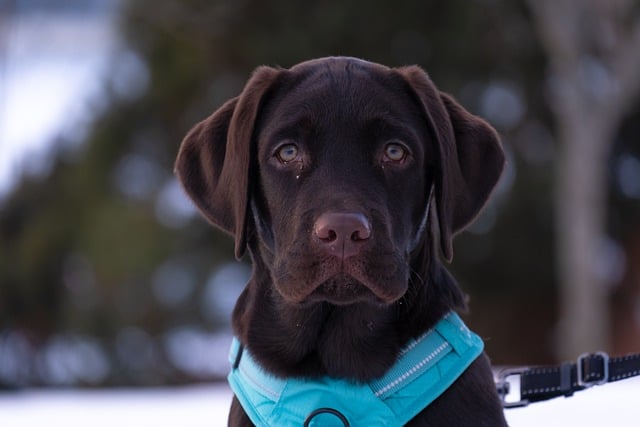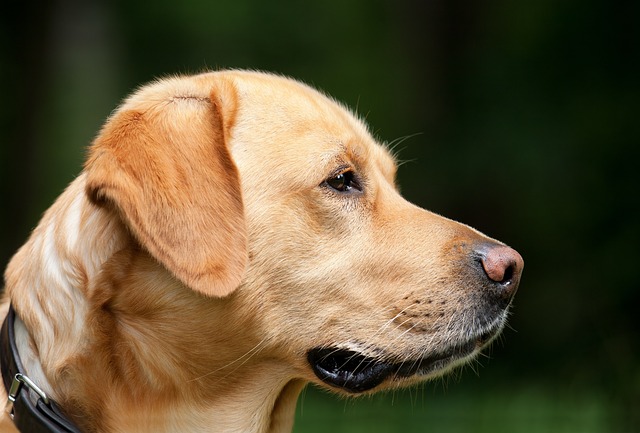
How do i train my dog to be obedient?
Watching your dog dart across the park ignoring your calls isn’t just frustrating—it can put them at risk near busy streets or public spaces.
In the time spent with Samoyed, they always bring us endless joy with their lively and friendly images. However, when Samoyed's protective eating behavior was discovered, this originally beautiful scene was overshadowed. Food protection behavior may not only cause harm to the owner or other family members, but also reflect the dog's inner anxiety and unease. How to correct Samoyed's protective eating behavior has become a matter of great concern for every owner.
To correct Samoyed's protective eating behavior, it is first necessary to delve into its causes. From an instinctual perspective, obtaining food in the wild is not easy, and protecting food is an instinctive reaction formed by animals to ensure their own survival. Even though Samoyed has become a domesticated pet nowadays, this instinct engraved in genes still exists. When they face food, they subconsciously worry that the food will be taken away, leading to protective eating behavior. For example, when you try to approach a Samoyed that is eating, it may make a low growl or even adopt an aggressive posture, which is a manifestation of its instinct to protect its food.
Past experiences may also lead to Samoyed protective food. If Samoyed puppies are frequently disturbed during the feeding process, such as other pets snatching food or the owner taking away the food bowl while they are eating, these unpleasant experiences will make Samoyed have a strong protective desire for food. Over time, a habit of protecting food was formed. There was once a Samoyed puppy that, while living with several other pets, would be fiercely contested for food every time it ate. Later, it developed a habit of protecting its food. Whenever someone approached its food bowl, it would become extremely vigilant and even launch attacks.
Desensitization training is a crucial step in correcting Samoyed food protection behavior. When eating in Samoyed, the owner can observe from a distance to ensure that it can eat with peace of mind. Then, gradually shorten the distance from it, but do not approach the food bowl directly. When Samoyed does not show a protective food response, give it praise and rewards, such as softly praising it as "really good" and throwing it a small snack. As the Samoyed gradually adapts, the owner can try to gently approach and stay for a while while while it is eating. Similarly, if it does not exhibit protective eating behavior, a reward will be given. Slowly, let the Samoyed get used to its owner approaching it while eating, reducing its fear of food being snatched away.

Positive motivation plays a crucial role in correcting protective eating behavior. When Samoyed allows their owner to approach or even touch the food bowl without showing any protective behavior while eating, they should be given rich rewards in a timely manner. The reward can be its favorite snack, or a warm touch and praise. For example, when you gently place your hand on the edge of a Samoyed bowl while eating and it shows no protective behavior, you should immediately take out its favorite chicken jerky, feed it, and praise it for "doing a great job". In this way, Samoyed understands that allowing the owner to approach the food bowl will bring better results, gradually changing their behavior pattern of protecting food. By persisting in positive incentives over the long term, Samoyed will gradually establish trust in their owners and no longer overly protect their food.
Diverting attention is also an effective way to correct protective eating behavior. Before eating in Samoyed, you can give it some other interesting things to do, such as playing with its favorite toys for a while, or doing some simple obedience training, such as sitting down, lying down, etc. After completing the command, reward Samoyed and then feed him. This can distract Samoyed's excessive focus on food while strengthening its interaction and trust with its owner.
In the process of correcting Samoyed food protection behavior, there are also some things to pay attention to. Firstly, the owner should remain calm and patient, and not beat or scold Samoyed for his protective behavior towards food. Beating and scolding will only make Samoyed more fearful and anxious, exacerbating their protective eating behavior. Secondly, corrective actions need to be continuously carried out and cannot be abandoned halfway. Only by persistently training for a long time can Samoyed truly change his habit of protecting food. In addition, all members of the family should adopt a unified training method to avoid confusion caused by different behaviors that may affect the training effectiveness of Samoyed.
Correcting Samoyed's protective eating behavior requires us to carefully understand their inner world, guide them with scientific methods and full love. From a deep understanding of the causes of food protection behavior to patient desensitization training, positive motivation, and distraction training, every step embodies our care and expectations for Samoyed. Because Samoyed gives us unconditional loyalty and companionship, they light up our lives with pure smiles and warm companionship. So, we should also do our best to help them overcome their protective eating behavior, and make them truly gentle and friendly "smiling angels", spending every beautiful day happily under our care. Let us write warm and beautiful stories through actions to correct our protective eating behavior during our time with Samoyed, and let this precious friendship between people and pets shine even brighter under our careful care.

Watching your dog dart across the park ignoring your calls isn’t just frustrating—it can put them at risk near busy streets or public spaces.

New puppy owners often find themselves rushing to clean up accidents before they set in, and that’s where puppy pad training becomes a game-changer.

If you've noticed your dog's waistline disappearing and your veterinarian has mentioned those few extra pounds, your first instinct might be to simply reduce the amount of food in their bowl.

Training a dog to use a designated spot indoors isn’t as daunting as many new owners fear, but it does take consistency and an understanding of your pet’s needs.

That moment of dread on a walk is all too familiar for many new dog owners. You see another dog approaching down the sidewalk of your neighborhood

If the sight of another dog on your neighborhood walk makes your heart sink as your own dog erupts into a frenzy of barking and lunging, you're not alone.